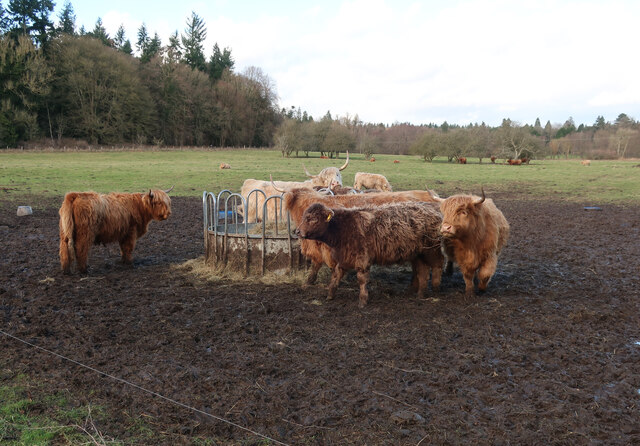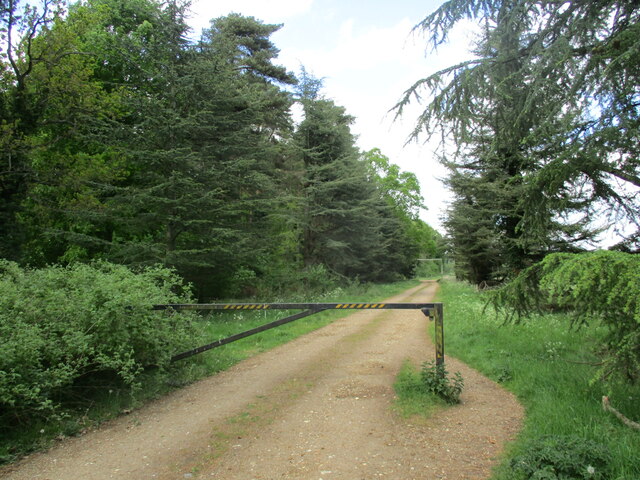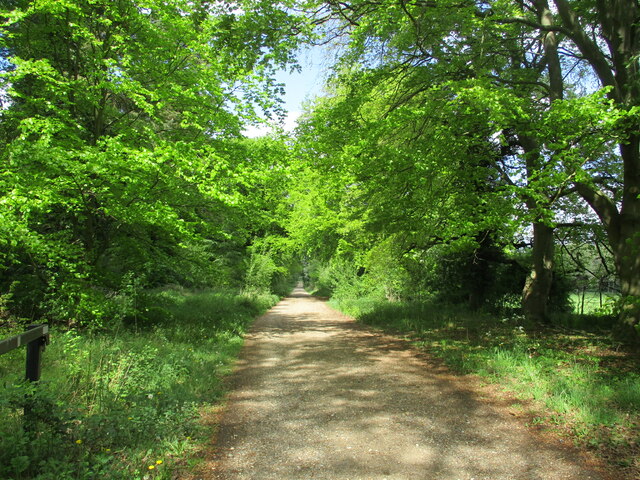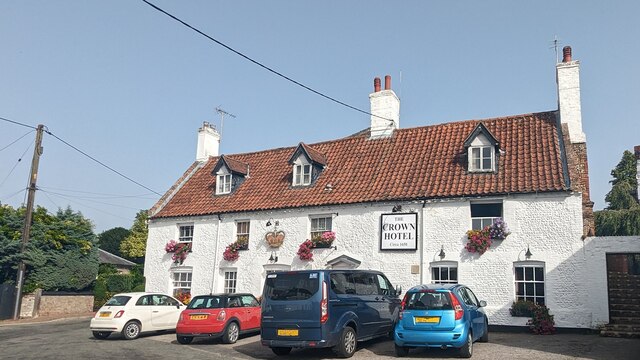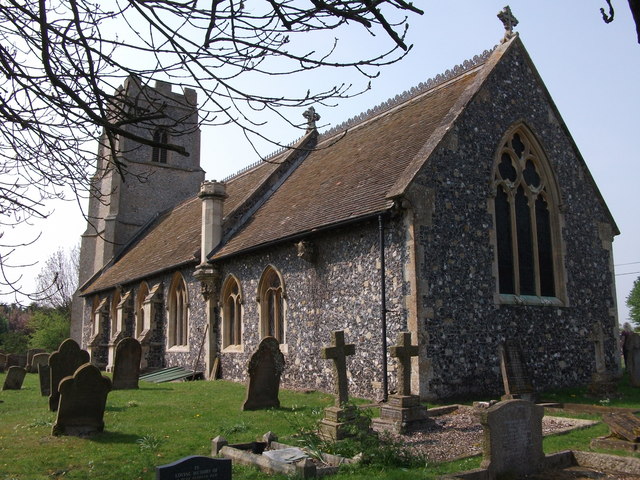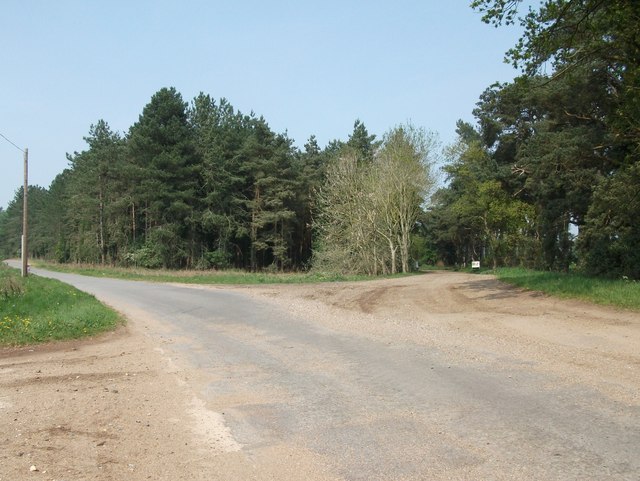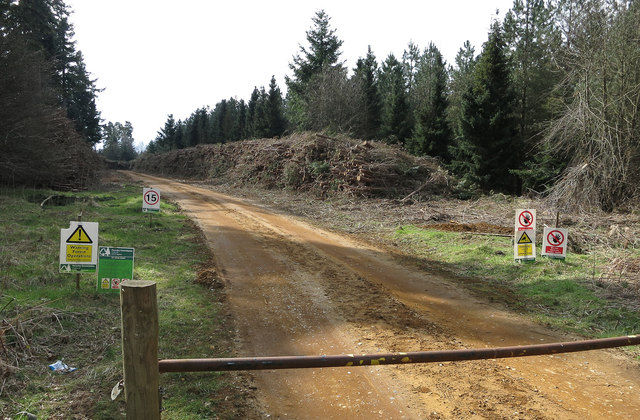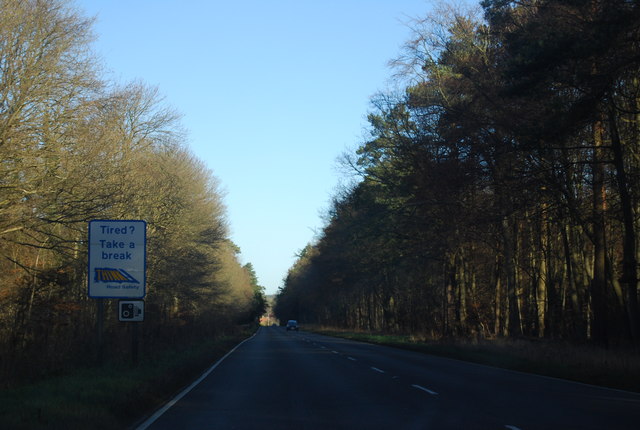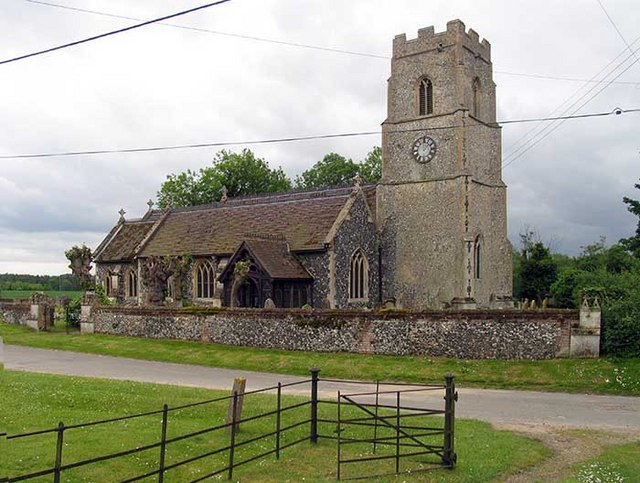Armiger's Carr
Wood, Forest in Norfolk Breckland
England
Armiger's Carr
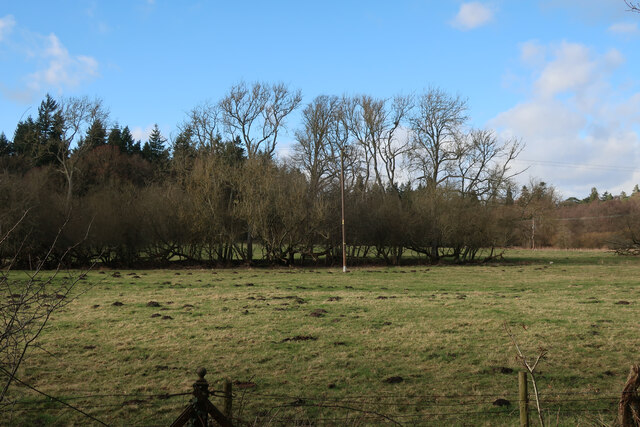
Armiger's Carr is a picturesque woodland area located in Norfolk, England. Covering an expansive area, it is known for its dense forest and diverse range of flora and fauna. The name "Carr" refers to a wetland or marshy area, indicating the presence of water bodies within the woodland.
The forest of Armiger's Carr is primarily composed of native deciduous trees such as oak, beech, and birch. The dense canopy provides ample shade, creating a cool and tranquil atmosphere within the woodland. The forest floor is carpeted with a variety of plants, including bluebells, wood anemones, and wild garlic, which burst into a riot of colors during the spring.
The wetland areas within Armiger's Carr are an important habitat for numerous species of birds and other wildlife. The presence of water bodies attracts a variety of waterfowl, including ducks, swans, and herons. The woodland is also home to various mammals, such as deer, foxes, and rabbits, which can often be spotted roaming among the trees.
This enchanting woodland offers a haven for nature enthusiasts and provides ample opportunities for outdoor activities such as hiking, birdwatching, and photography. Several well-maintained trails wind through the forest, allowing visitors to explore its beauty at their own pace.
Armiger's Carr is a cherished natural gem within Norfolk, attracting visitors from near and far who seek solace in the tranquility of its ancient woodland and the abundant wildlife it supports.
If you have any feedback on the listing, please let us know in the comments section below.
Armiger's Carr Images
Images are sourced within 2km of 52.519586/0.65819709 or Grid Reference TL8094. Thanks to Geograph Open Source API. All images are credited.

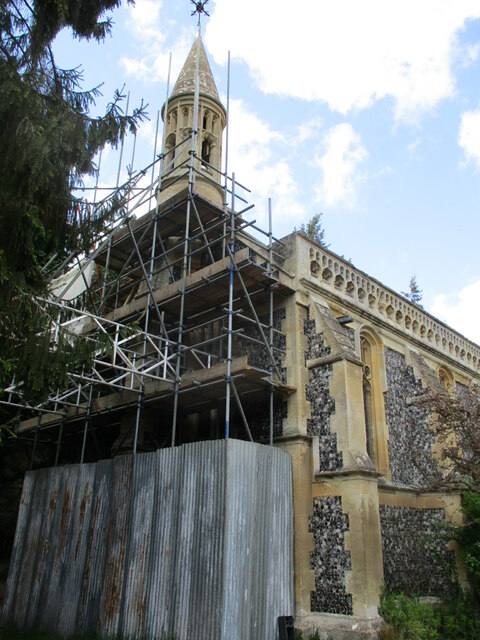
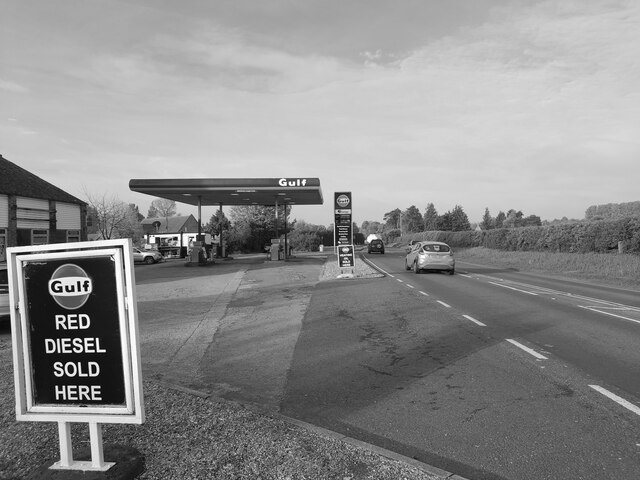
![Lynford Hall, Mundford Full of standard Victorian motifs such as shaped gables, mullioned and transomed windows, and an exotically-roofed and asymmetrically-placed tower. By William Burn, 1856-61, for Mr and Mrs Lyne-Stephens (he was a banker, &quot;reputedly the richest commoner in England ...[who] made his first fortune by inventing opening eyes for dolls&quot;). Grade II listed.
The house is now a hotel.
Burn (1789-1870), a pupil of Robert Smirke, established himself in his Scottish homeland before doing the same in England. He was a phenomenally prolific designer of country houses, sought after by the wealthy largely because he was very adroit at planning homes to accommodate the increasing complexity of Victorian country house living - vast numbers of very specialised servants requiring specialist rooms and more segregation of the sexes (e.g. billiard rooms). In his Biographical Dictionary of British Architects, Howard Colvin states that by 1840 Burn &quot;had already designed or altered ninety country houses, besides thirty churches and twenty-five public buildings&quot;, and he was to be in practice for almost another thirty years. He was competent across the gamut of architectural styles, but the results were rarely very exciting.](https://s2.geograph.org.uk/geophotos/03/39/70/3397046_84e9de42.jpg)
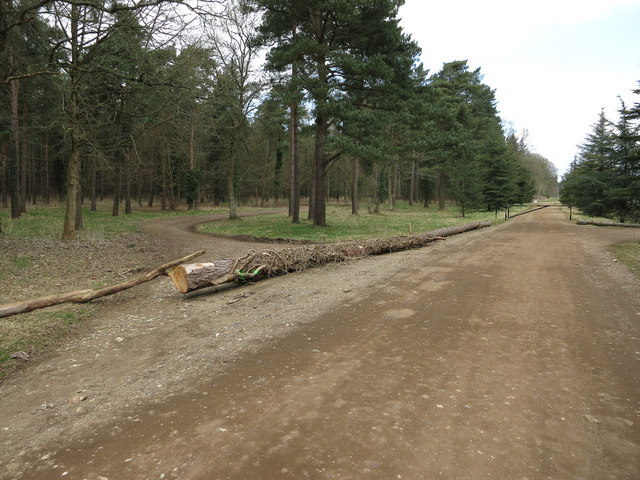
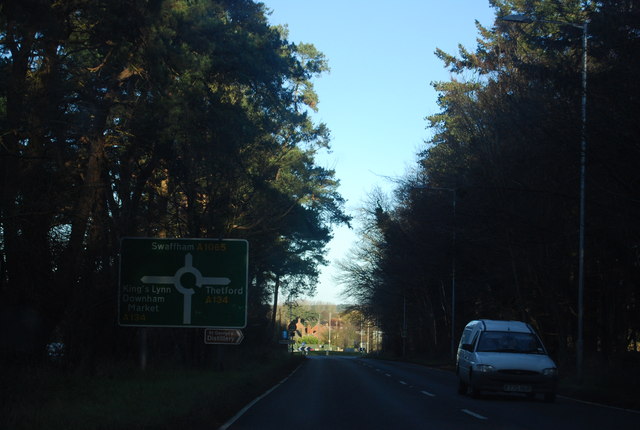



Armiger's Carr is located at Grid Ref: TL8094 (Lat: 52.519586, Lng: 0.65819709)
Administrative County: Norfolk
District: Breckland
Police Authority: Norfolk
What 3 Words
///nappy.ranges.reclined. Near Mundford, Norfolk
Nearby Locations
Related Wikis
Ickburgh
Ickburgh is a village and civil parish in the English county of Norfolk. The villages name means 'Ic(c)a's fortification'. == Location == It is situated...
Mundford
Mundford is a village and civil parish in the English county of Norfolk. It is situated at the intersection of two major routes, the A134 Colchester to...
Lynford Hall
Lynford Hall is a neo-Jacobean country house at Mundford, near Thetford in the English county of Norfolk. It is now a hotel. == Location == The Lynford...
Cranwich
Cranwich is a village and civil parish in the English county of Norfolk, about 2 miles (3.2 km) northwest of Mundford. For the purposes of local government...
Nearby Amenities
Located within 500m of 52.519586,0.65819709Have you been to Armiger's Carr?
Leave your review of Armiger's Carr below (or comments, questions and feedback).
